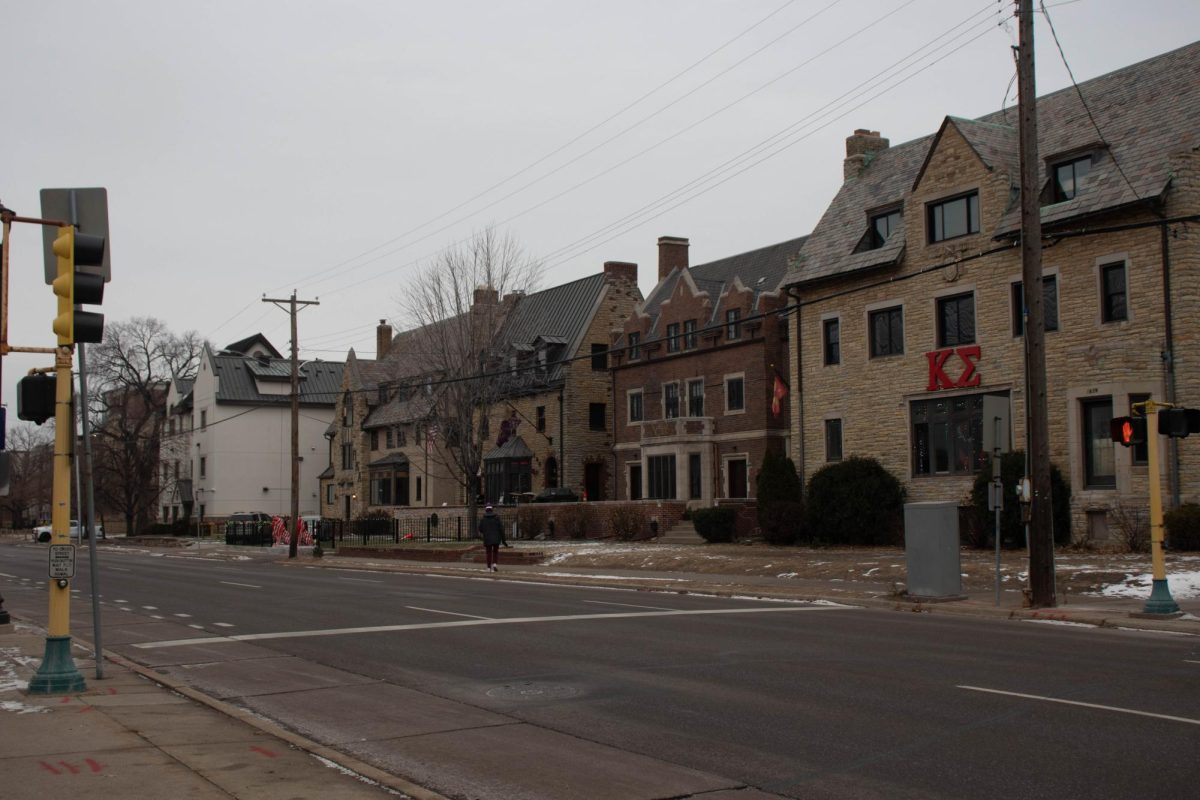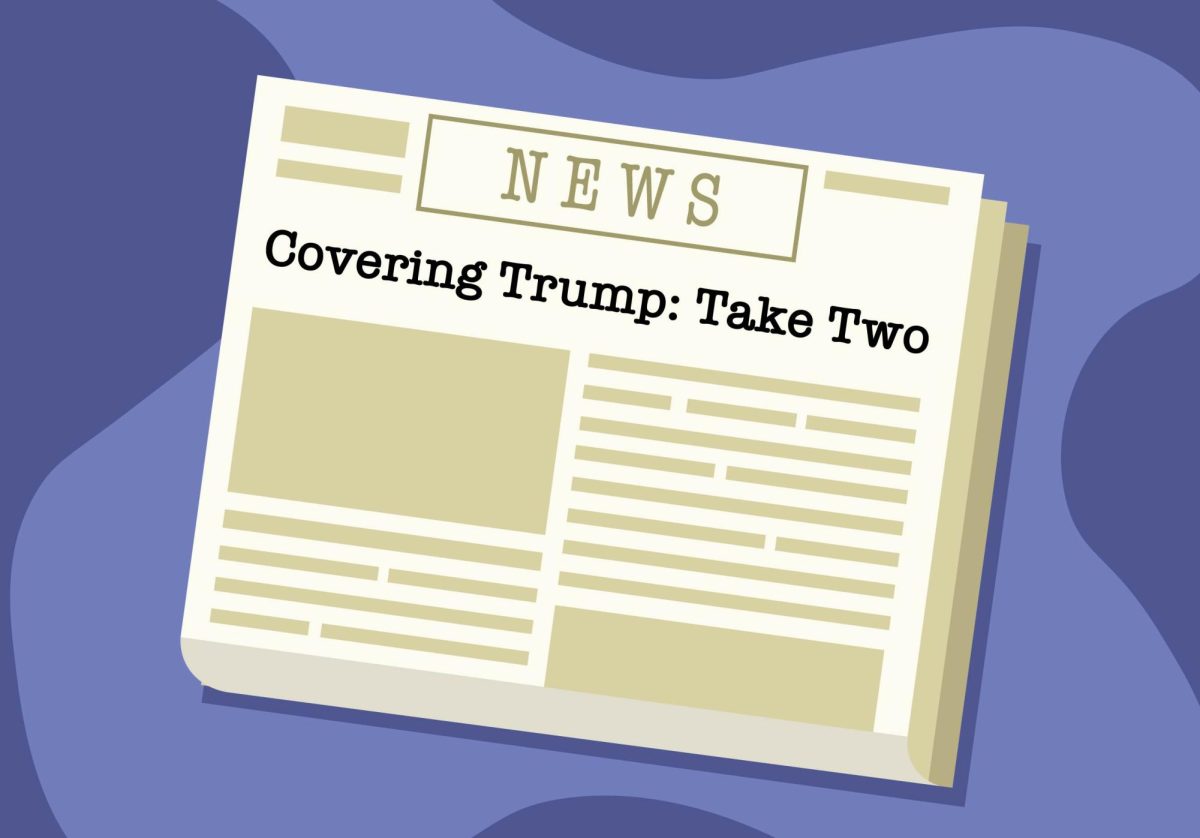The government shall make no law neither establishing a religion nor abridging the freedom of religion. The First Amendment’s protections of religious freedom set up a system in which all could worship as they chose without government intrusion. The framework served us well in the past. But, as it is currently interpreted, it fails. The two clauses have come to oppose each other in certain situations, and it seems we have no choice but to either gut public spheres of religion or trample on religious minorities’ rights. This cannot be the best way.
Implicit in the framers’ logic is the idea that a person’s U.S. citizenship should not be limited by his or her religious beliefs. We must now protect this. When the situation implicates the government’s dealings with the public or strikes to the core of a person’s citizenship, we must bar all religion from these arenas.
There can be no First Amendment for religious minorities with Christian documents such as the Ten Commandments in our courts. The same goes for phrases such as “May God bless this court.” If we are to be a nation indivisible, we cannot ask those who do not believe in God to exalt our union under him.
But in other areas, we must find a way to facilitate free flow of religious beliefs, philosophies and traditions, to both protect individual freedoms and enrich our culture. One such arena is public schools. Schools are state funded and regulated, but their function is neither civic nor governmental, it’s educational, and that is better served by religious diversity.
In primary and secondary schools, we need not worry about religious themes in choral concerts, so long as there are many. While teacher-led prayer would be coercive, a period of silence with which students can do as they please – be it pray, meditate or sleep – is fine. Expressions of religious traditions by single students are the diversity society needs; they must be respected and respectful of others. In higher education, we must push the envelope further. We must tolerate religious ideals we disagree with, criticize where they go wrong, but tolerate them nonetheless. We must even institutionally facilitate them.
If we could magically determine which beliefs were valid and which were not, we could restrict the latter. But this scenario’s real-world endgame is a world in which a lack of spiritual ideas, philosophies and beliefs are the established public religion. Again, that can’t be the best way.







